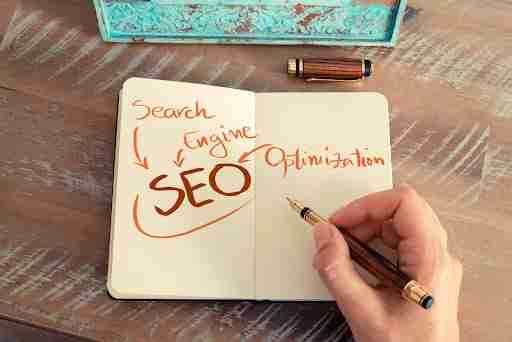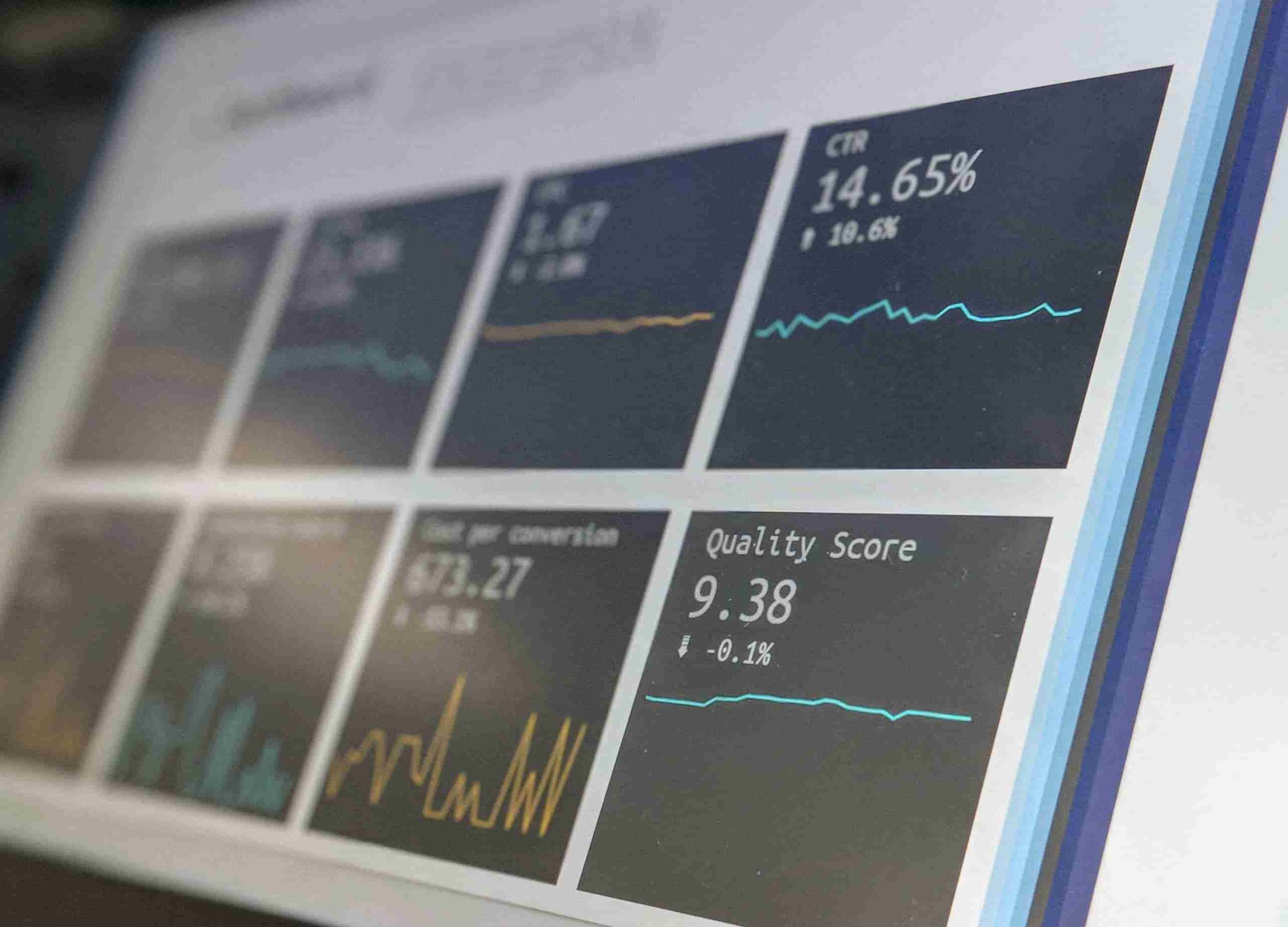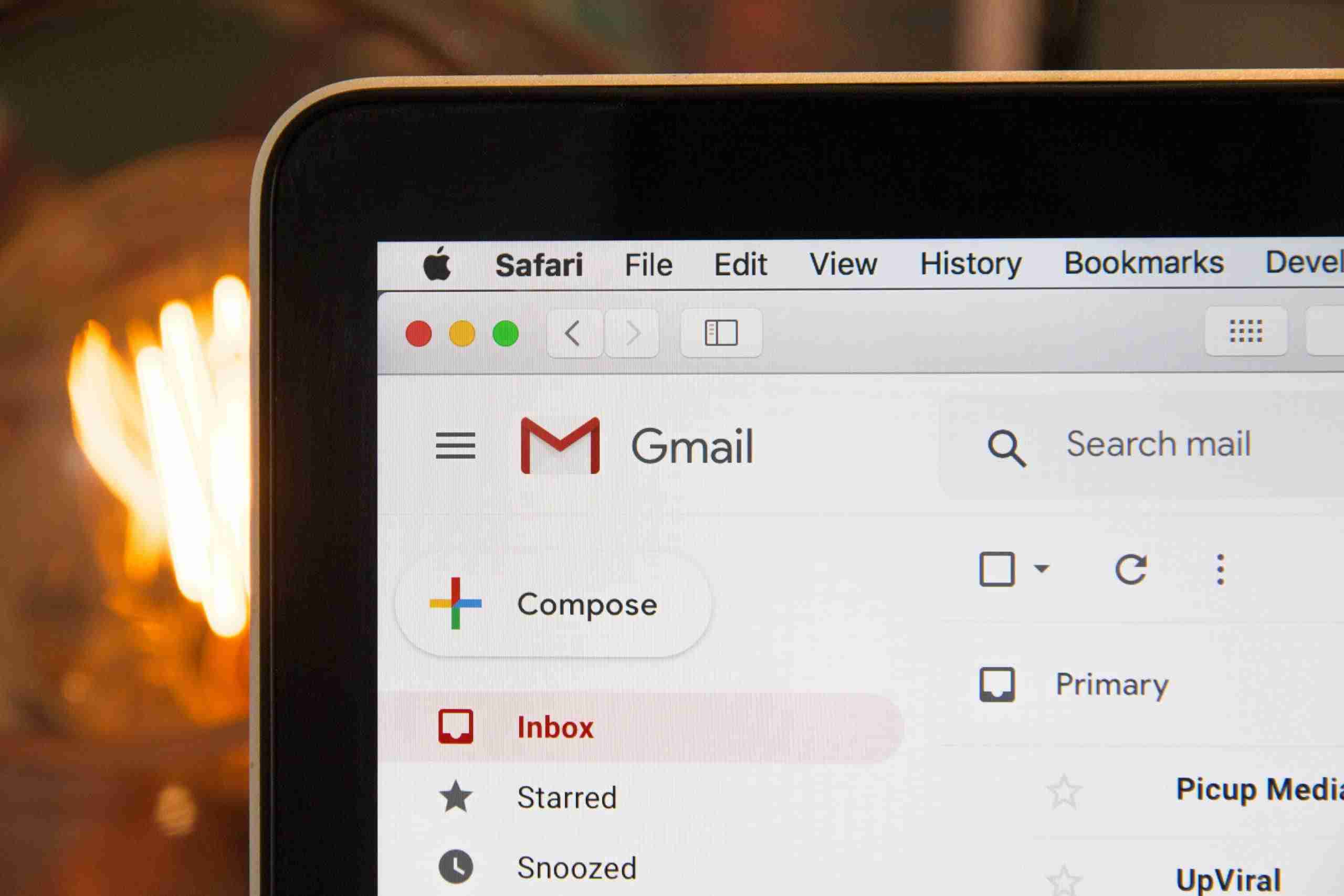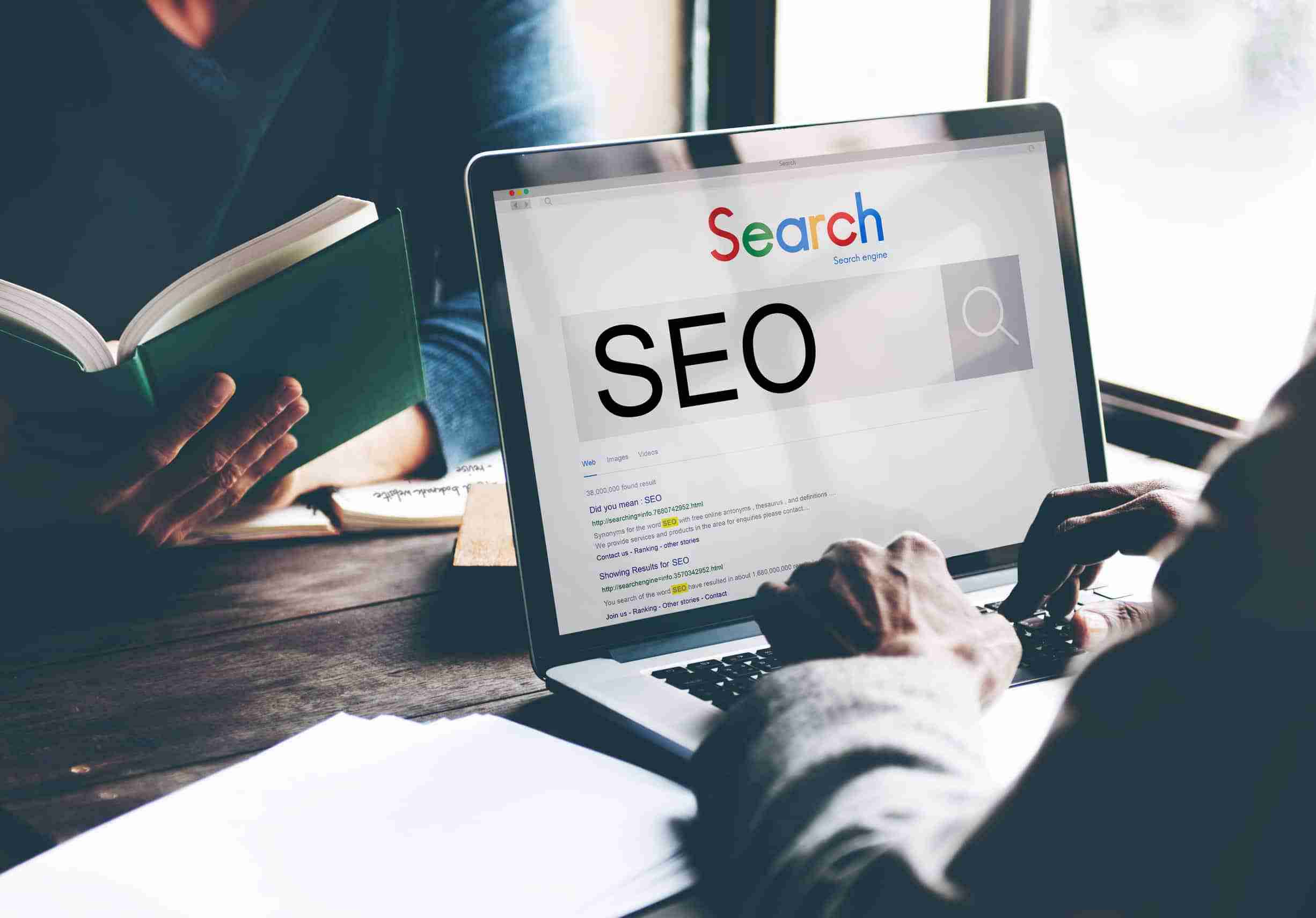Harnessing the Power of SEO and Paid Ads for Traffic Boost
In an increasingly competitive online environment, understanding the dynamic interplay between SEO and paid ads for traffic boost is essential for driving sustained business growth. These two powerful digital marketing strategies, when integrated thoughtfully, can yield significant increases in web traffic, brand visibility, and lead generation. While SEO focuses on enhancing organic search presence through optimized content and website structure, paid ads provide the advantage of immediate visibility through targeted placements, creating a balanced approach to online marketing.
Successful integration starts with establishing clear objectives that resonate with both organic and paid strategies. By aligning SEO efforts with well-planned ad campaigns, businesses can ensure that their keyword strategies optimize traffic quality and maximize user engagement. Crafting compelling landing pages tailored for both organic visitors and those arriving via paid ads significantly enhances user experience, which is vital for improving conversion rates. Furthermore, ongoing performance tracking and A/B testing lead to continuous refinements, allowing businesses to leverage data for optimal results.
Adopting a comprehensive view of budget allocation and timing also contributes to the effectiveness of marketing efforts. By leveraging insights from both SEO and paid campaigns, organizations can create robust strategies designed to capitalize on synergy, resulting in long-lasting traffic growth and improved business outcomes. This article delves deeper into these crucial components for mastering the integration of SEO and paid ads.
Understanding the Synergy Between SEO and Paid Ads for Traffic Boost
In today’s digital landscape, the integration of SEO and paid advertising is crucial for a successful traffic boost strategy. By leveraging both methodologies, businesses can enhance their online presence and drive significant leads. SEO focuses on optimizing a website’s content and structure to improve organic visibility, while paid ads offer immediate results through targeted placements. Together, these approaches create a symbiotic relationship that not only increases website traffic but also promotes long-term visibility in search engine results.
Establishing measurable campaign goals is essential for aligning both SEO efforts and paid advertising strategies with overarching business objectives. Integrating keyword strategies across channels can further optimize traffic quality. Select keywords that perform well in both organic search and paid campaigns to maximize reach and engagement.
Moreover, building conversion-focused landing pages tailored for visitors from both organic and paid sources can significantly enhance user experience and boost conversion rates. Incorporating A/B testing methodologies and tracking key performance metrics ensures continuous improvement of campaigns, allowing businesses to refine their strategies for optimal results.
Effective budget allocation and timing strategies will optimize resource deployment, enhancing the impact of both SEO and paid ad efforts. Ultimately, understanding and implementing these tactics can lead to sustained traffic growth and improved business outcomes [*].
Setting Smart Goals for SEO and Paid Ads Integration
To maximize the effectiveness of SEO and paid advertisement strategies, businesses must set clear, measurable goals. This involves identifying specific objectives that align with both SEO initiatives and ad campaigns. By defining goals such as increasing organic traffic by a certain percentage or achieving a specific return on investment (ROI) from ad spend, companies can create targeted approaches that drive growth.
The integration of SMART criteria—Specific, Measurable, Achievable, Relevant, and Time-bound—can guide businesses in formulating their objectives. For instance, a company might aim to increase website conversions by 20% within the next quarter, utilizing both organic SEO content and targeted Google Ads. This alignment fosters better resource allocation and encourages cohesive marketing efforts.
Moreover, establishing regular performance reviews allows businesses to adjust goals based on real-time data and trends. Tracking key performance indicators (KPIs), such as click-through rates and conversion metrics from both channels, will help identify successful tactics as well as areas needing improvement. By setting smart goals and continuously refining their approach, businesses can harness the full potential of integrating SEO and paid ads, ultimately leading to enhanced website traffic and sustainable growth [*].
Keyword Strategy: Maximizing Reach Across Organic and Paid Channels
Implementing an effective keyword strategy is pivotal for maximizing the reach of both SEO and paid advertising channels. By thoroughly researching and selecting keywords that resonate with target audiences, businesses can enhance visibility across multiple platforms. Tools such as Google Keyword Planner and SEMrush provide insights into search volume, competition, and keyword performance, enabling informed decisions about which terms to prioritize.
A dual-focus approach, integrating high-performing keywords into both organic content and paid campaigns, ensures consistency in messaging while optimizing traffic quality. For instance, utilizing long-tail keywords can attract highly relevant traffic for SEO, while specific phrases can enhance conversion rates in ad targeting. This approach allows companies to tailor their content and advertising strategies based on user search intent, driving greater engagement.
Moreover, regularly revisiting and updating keyword research is crucial to adapting to changing market trends and audience behavior. By cultivating a dynamic keyword strategy that evolves alongside the business landscape, organizations can remain competitive, ensuring that both organic and paid efforts align effectively. In conclusion, a mindful keyword strategy not only amplifies visibility but also boosts traffic quality, leading to improved conversion opportunities and sustainable growth [*].
Optimizing Landing Pages for Maximum Conversion from SEO and Paid Ads
To unlock the full potential of traffic generated from both SEO and paid advertising, it is essential to focus on optimizing landing pages. High-converting landing pages serve as the final destination for users arriving via organic search or paid ads, and they must be tailored to meet the specific expectations of these visitors. Key elements include user-friendly design, clear calls to action (CTAs), and the integration of compelling content that resonates with the target audience.
When creating landing pages, businesses should ensure that the messaging aligns with the keywords driving traffic from both channels. This practice not only enhances user experience but also minimizes bounce rates, leading to higher conversion rates. A/B testing different versions of landing pages can provide valuable insights into what resonates, enabling businesses to refine their approach continually.
Additionally, incorporating elements such as customer testimonials, trust signals, and optimized forms can significantly influence user engagement and decision-making processes. Ensuring fast load times and mobile responsiveness is also crucial, as these factors directly impact user retention and conversion effectiveness. By focusing on landing page optimization, companies can effectively convert increased traffic from their SEO and paid ad strategies into valuable leads and sales [*].
A/B Testing and Performance Tracking for Continuous Improvement
A/B testing and performance tracking are invaluable practices for optimizing both SEO and paid advertising strategies. By systematically testing different elements of a campaign—such as ad copy, landing page layouts, and keyword variations—businesses can identify the most effective approaches that drive traffic and conversions. This iterative process allows for data-driven decision-making, ensuring that resources are focused on strategies that yield the best results.
Key performance indicators (KPIs) play a crucial role in performance tracking. Metrics like click-through rates, conversion rates, and bounce rates should be monitored to understand how well both SEO and paid ad efforts are performing. Analyzing this data helps marketers pinpoint successful tactics and recognize areas in need of adjustment. For instance, if a particular ad generates a high click-through rate but low conversions, this signals a need for further refinement of the landing page content or design.
Furthermore, establishing a regular review cadence for performance data enables businesses to adapt swiftly to changes in consumer behavior and market trends. Continuous improvement based on A/B test results and performance analytics not only bolsters campaign effectiveness but also elevates overall traffic results across both SEO and paid channels. In the long run, adopting these practices fosters a culture of experimentation and agility, essential for sustainable growth in an increasingly competitive digital landscape.
Budget Allocation and Timing Strategies for SEO and Paid Ads
Proper budget allocation and timing are critical components in enhancing the effectiveness of integrated SEO and paid advertising campaigns. By strategically distributing resources, businesses can maximize the impact of both channels, ensuring a comprehensive approach to traffic generation. Allocating funds based on performance data allows marketers to invest more in high-yield keywords and successful ad campaigns while minimizing wastage on underperforming efforts.
Additionally, timing plays a significant role in optimizing traffic flow. Businesses should consider seasonal trends and specific promotional events when planning their campaigns to ensure maximum visibility and engagement. Utilizing analytics tools to track performance trends can also inform the best times for launching ads and implementing SEO initiatives, ensuring that campaigns align with peak user activity.
Furthermore, creating a flexible budgeting strategy enables businesses to respond to real-time data and adjust allocations as needed. For instance, if a particular keyword gains traction, redirecting funds from less successful areas can lead to improved traffic outcomes. Establishing a holistic view of all marketing initiatives facilitates the creation of an effective timing and budget plan that enhances return on investment (ROI) across both SEO and paid ads. Ultimately, by implementing thoughtful budget and timing strategies, organizations can achieve lasting traffic growth and bolster their overall digital marketing performance [*].
Conclusion: Harnessing the Power of SEO and Paid Ads for Traffic Boost
In conclusion, the integration of SEO and paid ads for traffic boost is multifaceted, requiring a strategic approach that aligns with business objectives. By establishing measurable goals using the SMART framework and implementing a comprehensive keyword strategy, organizations can effectively expand their reach across both organic and paid channels. Optimizing landing pages tailored to user intent enhances overall conversion rates, while A/B testing and performance tracking provide the insights needed for continuous improvement. Moreover, intelligent budget allocation and timing strategies ensure resources are deployed effectively, maximizing the potential of both tactics.
As the digital landscape evolves, understanding and utilizing the synergy between SEO and paid ads becomes increasingly crucial for businesses seeking sustainable growth. This dual approach not only drives immediate results but also builds lasting visibility in search engine outcomes. Reflecting on the discussed strategies, businesses can recognize the value of integrating these marketing methodologies, empowering them to adapt to changing market conditions and consumer behaviors. By continuously refining their tactics, organizations can unlock the full potential of their traffic boost initiatives and pave the way for future success.






















